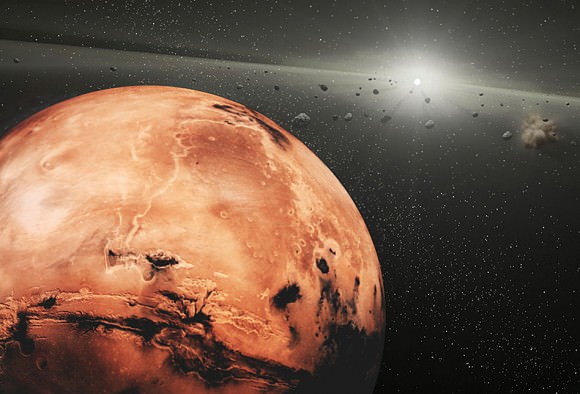It’s an ambitious goal: land three Cubesats on Mars sometime in the next few years for $25 million. And all this from a student-led team.
But the group, led by Duke University, is dutifully assembling sponsors and potential in-kind contributions from universities and companies to try to reach that goal. So far they have raised more than half a million dollars.
“We were thinking that something was missing,” said Emily Briere, the student team project lead who attends Duke University, explaining how it seemed few Mars missions were being done for the benefit of humanity in general.
“We want to get the whole world excited about space exploration, and why we go to space in the first place, which was to push forward mankind and to build new habitats,” she added. Prime among their objectives is to drive engagement in the kindergarten to Grade 12 audience by encouraging them to submit photos and videos to send to Mars.

But that said, everyone can participate! The official launch of the project is today, and you can read more details about the crowdfunding campaign and how to get involved on the Time Capsule to Mars website. Contributions start at only a dollar, where you can send your picture to Mars. The spacecraft will be loaded with audio, video and text messages from Earth.
“Each satellite will contain a terabyte of data that will act as a digital ‘time capsule’ carrying messages, photos, audio clips and video contributed by tens of millions of people from all over the globe,” says the Time Capsule to Mars team. “The capsule will remain a vessel of captured moments of today’s human race on Earth in 2014, to be rediscovered by future colonists of the Red Planet.”
The team hopes to use ion electric propulsion to get their small spacecraft to the Red Planet. It would head to space itself on a secondary payload on a rocket. (Briere couldn’t disclose who they are talking to, but said ideally it would happen within the next two years.)
Some of the corporate sponsors including Boeing, Lockheed Martin and Aerojet while students come from universities such as Stanford, Duke and the Massachusetts Institute of Technology.

